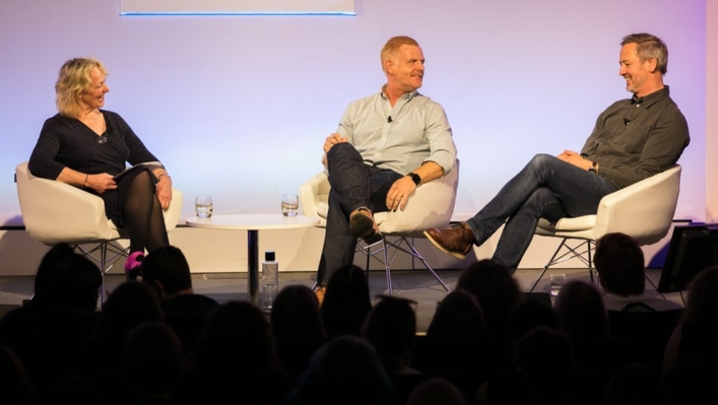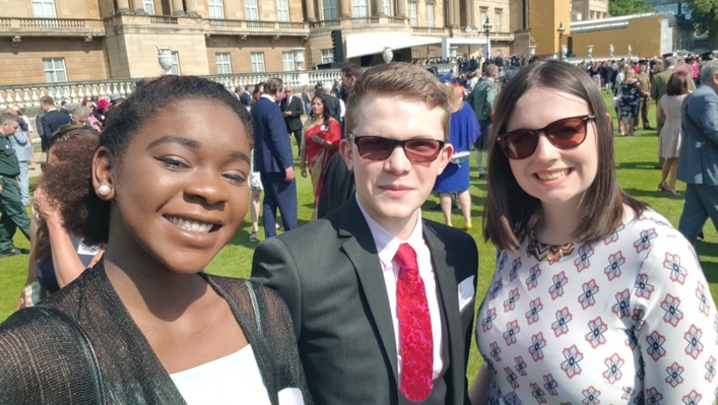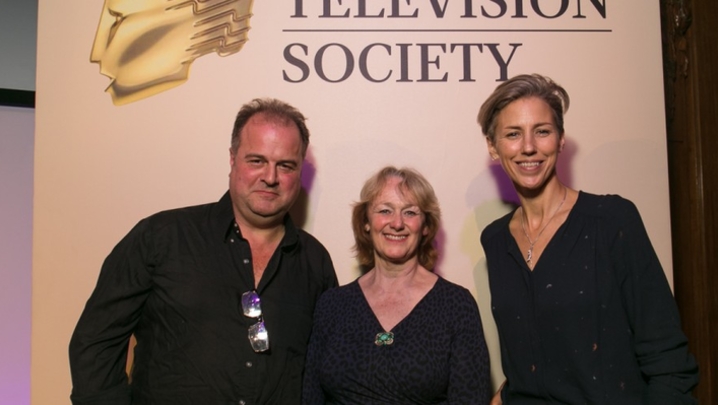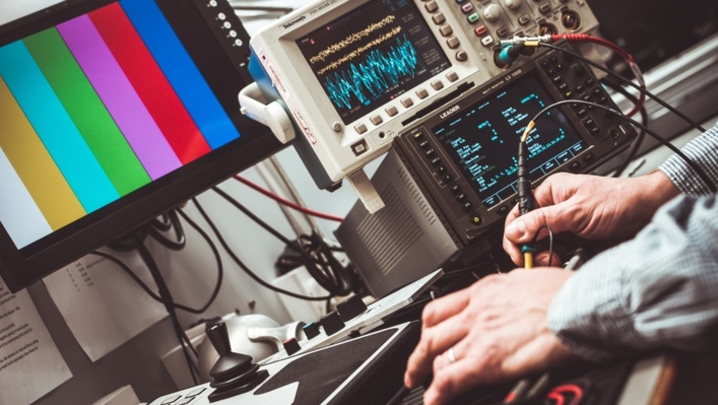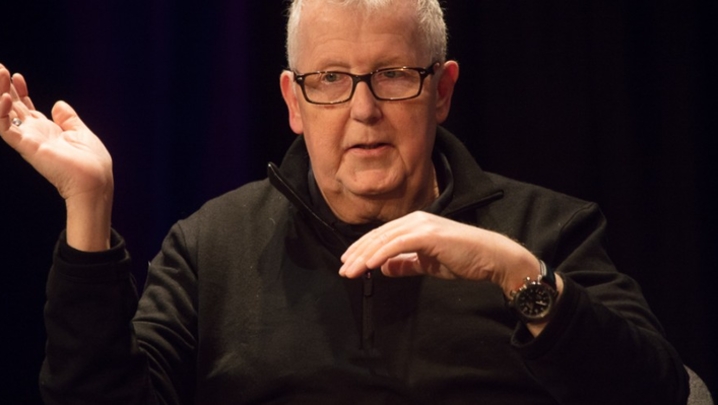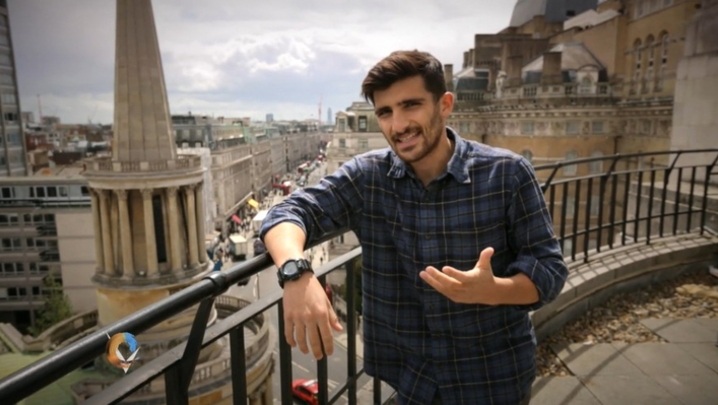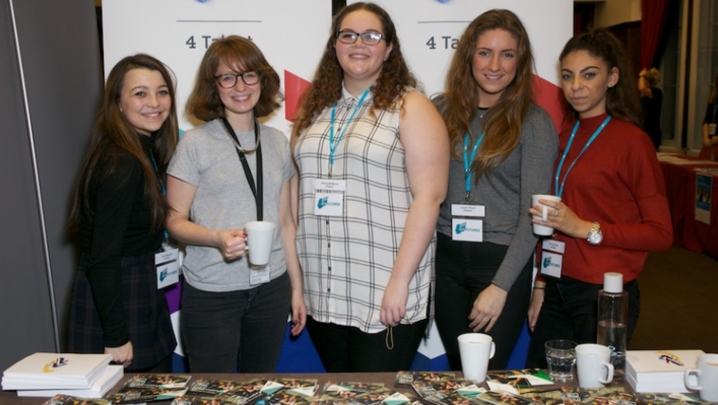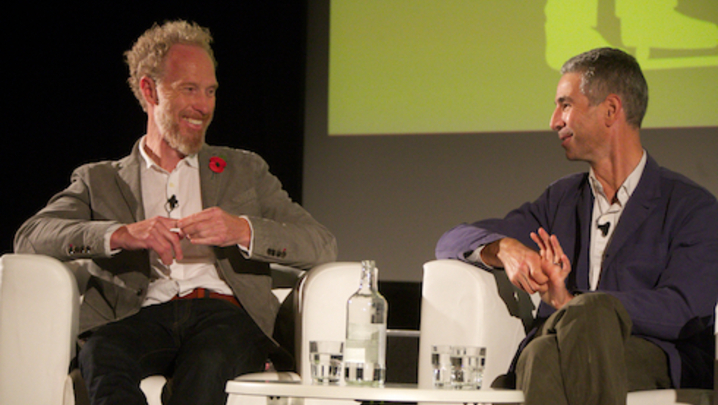One of the best ways to stand out from the competition and land a job in the television industry is being able to self shoot. The ability to point and shoot refers to the most basic skills needed for filming and it's generally understood that you can compose, frame and film a basic shot, such as for an interview. Learn the basic tips of this valuable skill in 60 seconds, as explained by Ollie, from Pro Motion.
JARGON BUSTING
Part of the battle of entering the television industry is getting to grips with technical jargon. Here's a guide to self shooting language:
Key Light:
This is the most important light in a lighting setup. It highlights the subject e.g. the interviewee.
Fill Light:
A fill light is used to reduce the contrast of a scene. By using more or less fill lighting, shadows will seem lighter or darker than normal which can alter the mood of a scene. So, the less fill light there is, the more shadows there will be - which creates a more dramatic shot.
Back light:
The back light (a.k.a. the rim, hair, or shoulder light) shines on the subject from behind, often from one side, giving them an outline of light. This separates the subject from the background and highlights contours.
Background light:
This is used to illuminate the background area of the set (the area behind the subject). It’s usually placed behind the subject and pointed at the background which adds a sense of depth to the shot.

